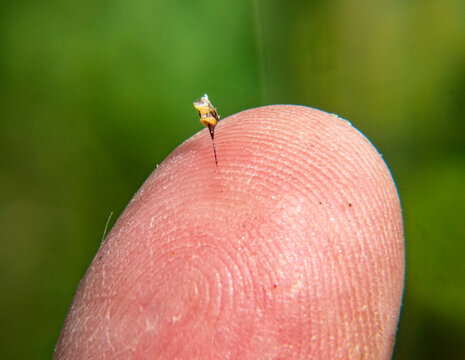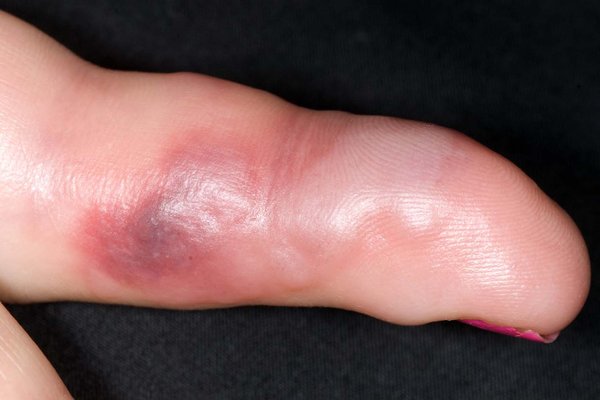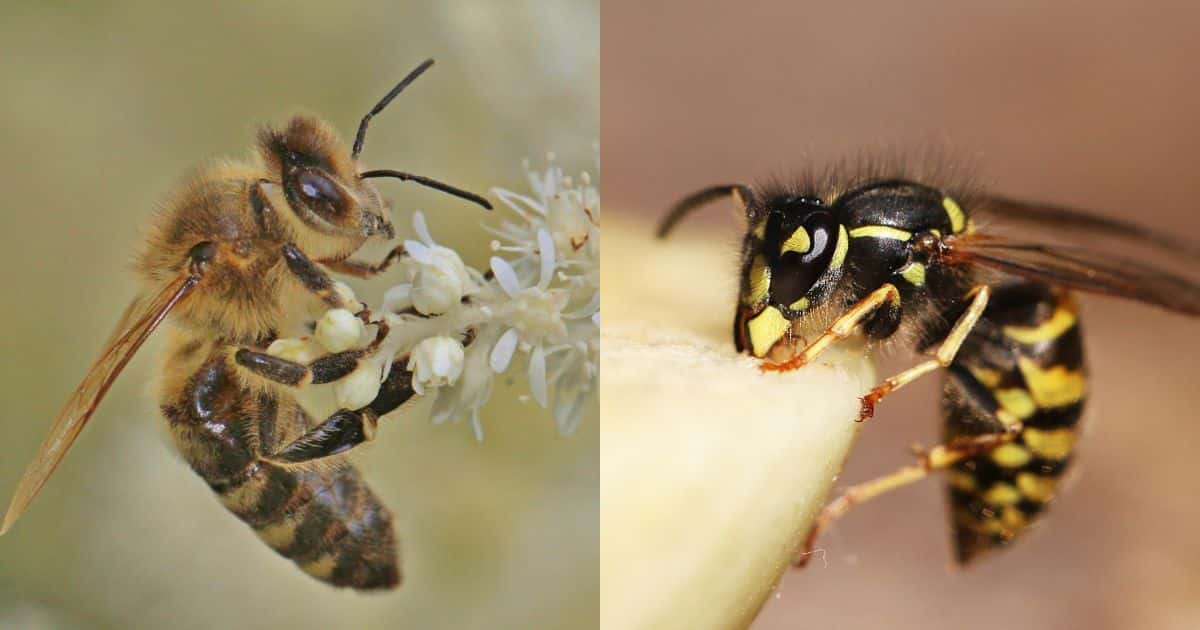Quick Answer
“Wasp stings vs bee stings: wasp stings usually cause sharper, more intense pain and can sting multiple times; bee stings often leave a barbed stinger in the skin and produce longer-lasting swelling. Immediate steps: remove any stinger (scrape it off), wash the area, apply a cold compress, and take an antihistamine if needed. Seek emergency care if breathing, swallowing, or widespread swelling occurs.”
Medically Reviewed by Dr. Jane Doe, RN
Wasp Sting vs Bee Sting: How to Tell the Difference and Treat Them Safely
When it comes to painful insect stings, many people struggle to tell whether they’ve been stung by a wasp or a bee. Understanding the differences between the two helps you manage pain, reduce swelling, and prevent complications. In this article, we’ll explore Wasp Sting vs Bee Sting in detail — from how they look to how to treat each type effectively.
Key Differences at a Glance
| Feature | Bee Sting | Wasp Sting |
|---|---|---|
| Stinger Type | Barbed, stays in the skin | Smooth, retractable |
| Pain Level | Moderate to sharp | Sharp and intense |
| Aggressiveness | Defensive | More aggressive |
| Appearance of Sting Site | Red welt with embedded stinger | Red bump without stinger |
| Number of Stings | Usually one | Can sting multiple times |
| Treatment | Remove stinger, clean, apply ice | Clean, apply ice, use antihistamine |
Bee Sting: Symptoms and Identification
Bee stings are common during warmer months, especially when flowers are blooming. Bees usually sting when they feel threatened or when someone accidentally disturbs their hive.
What Does a Bee Sting Look Like?
A bee sting appears as a small red welt with a white center. Often, the stinger remains embedded in the skin. You might notice slight swelling, warmth, and pain around the affected area.
Key signs:
Visible stinger sticking out of the skin
Immediate sharp pain, followed by throbbing
Redness and mild swelling developing within minutes

How to Safely Remove a Bee Stinger
The first step in treating a bee sting is removing the stinger as soon as possible to stop venom release.
Here’s how to do it safely:
Scrape, don’t squeeze: Use the edge of a credit card, fingernail, or a dull knife to scrape the stinger out.
Avoid using tweezers: Tweezing can squeeze more venom into your skin.
Wash the area: Use mild soap and water to prevent infection.
Apply ice: Reduce swelling and numb the pain.
Learn more about safe stinger removal on the CDC’s official bee and wasp sting page.
Wasp Sting: Symptoms and Identification
Unlike bees, wasps can sting multiple times since their stinger doesn’t get stuck in the skin. They are more aggressive and often sting when provoked or defending their nests.
What Does a Wasp Sting Look Like?
A wasp sting looks like a raised red bump with a small puncture mark at the center. You’ll feel a sharp, burning pain immediately after the sting.
Typical symptoms:
Intense, stinging pain
Redness and swelling spreading quickly
Itching or warmth at the sting site

Step by Step Treatment Guide
Proper care after a sting can reduce discomfort and prevent infection. Let’s look at specific treatments for each.
How to Treat a Bee Sting (Home Remedies)
Remove the stinger immediately.
Clean the area with mild soap and water.
Apply ice to reduce pain and swelling.
Use honey or aloe vera gel to soothe irritation.
Take an antihistamine if itching persists.
Avoid scratching to prevent infection.
How to Treat a Wasp Sting (Home Remedies)
Clean the sting area thoroughly.
Apply a cold compress for 10–15 minutes.
Use baking soda paste (mix with water) to neutralize venom.
Try apple cider vinegar to reduce pain and swelling.
Apply calamine lotion for itching relief.
Take pain relievers like ibuprofen for severe discomfort.
When to See a Doctor: Signs of an Allergic Reaction
While most Wasp Sting vs Bee Sting cases are mild, some can trigger severe allergic reactions (anaphylaxis). Seek medical help if you notice:
Difficulty breathing or swallowing
Dizziness or fainting
Swelling of lips, tongue, or throat
Rapid heartbeat
Severe hives or rash spreading across the body
If any of these symptoms appear, call emergency services immediately. Always keep an epinephrine auto-injector (EpiPen) nearby if you’re allergic to stings.
Learn about anaphylaxis and its treatment on the World Health Organization (WHO) website.
Frequently Asked Questions (FAQ)
1. Can a wasp sting multiple times?
Yes. Unlike bees, wasps can sting repeatedly without losing their stinger.
2. How long does swelling last after a sting?
Mild swelling from a Wasp Sting vs Bee Sting usually lasts 24–48 hours. Apply ice and avoid scratching to help it heal faster.
3. Are bee stings more painful than wasp stings?
Typically, wasp stings hurt more due to their venom’s higher potency and ability to sting multiple times.
4. Can you use the same treatment for both stings?
Yes, both respond well to ice, cleaning, and antihistamines, though removing a bee stinger is an extra step.
5. What’s the best way to prevent stings?
Avoid bright clothing, perfumes, and uncovered food outdoors. Wear protective clothing when gardening or hiking.
Final Thoughts
Understanding the Wasp Sting vs Bee Sting difference helps you respond quickly and effectively. Bees are less aggressive but leave behind a stinger, while wasps can sting repeatedly. Whether it’s a mild welt or a severe reaction, knowing the right treatment steps ensures faster healing and less discomfort.







